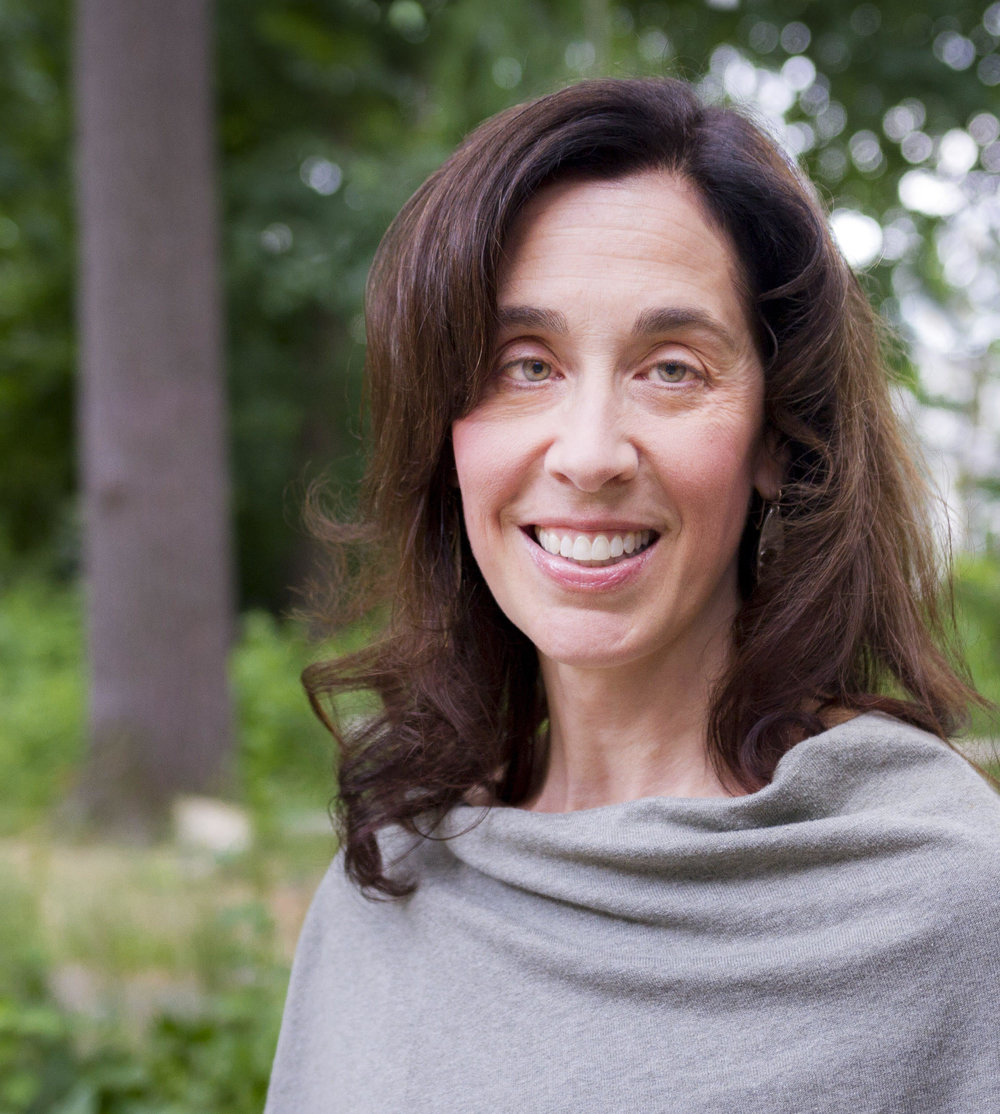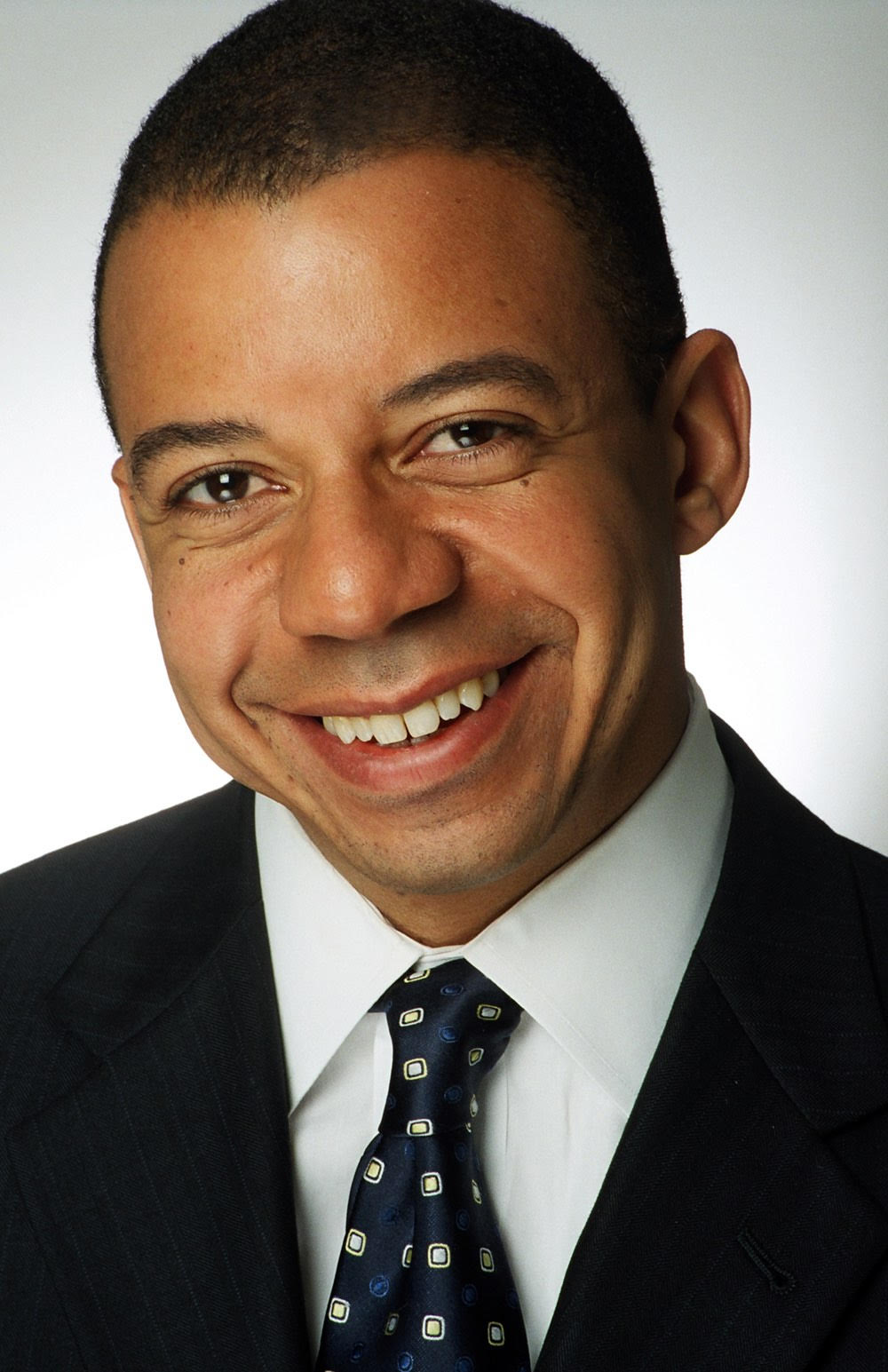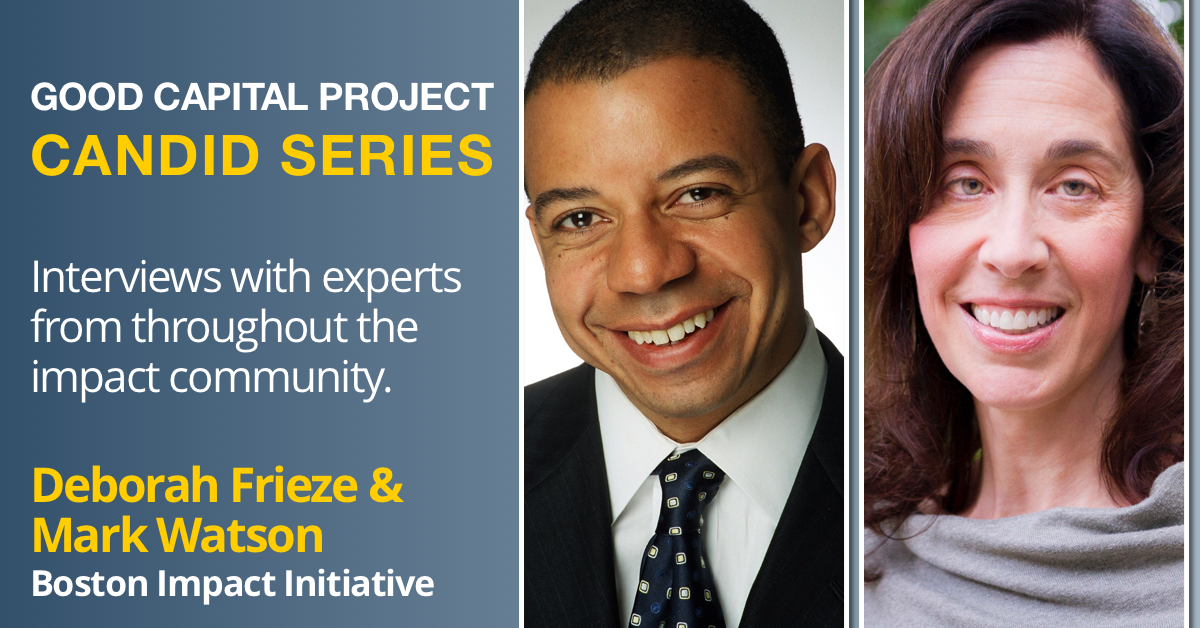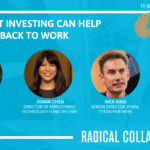
Boston Impact Initiative Fund is a place-based impact investing fund focused on economic justice, which means investing in opportunity for all people–especially those most oppressed or abandoned by our current economic system–to lead a dignified and productive life. The fund takes an integrated capital approach, combining investing, lending and giving to build a resilient and inclusive local economy in Eastern Massachusetts.
Good Capital Project: One of BII’s key issue areas is financial equity, how do advance your goals with financial tools?
Deborah Frieze: Our work at BII sits at the intersection of activism and finance. Finance and capital have key roles in perpetuating economic disparities. We are using the tools of finance to redirect wealth into the hands of people from whom wealth has been extracted.

Mark Watson: I’ve worked in finance for 30+ years, of which one-third was impact investing. Together, we integrate the rigor of traditional financial mechanisms with activism and progressivism into the ethos of the fund, which is creating wealth opportunities for people of color.
GCP: Industry progress often occurs because one firm or organization develops a new structure or model that inspires others. BII has been innovating in the Boston area for over a decade. Have you seen your work influence other players in the industry?
DF: I think our work has been influential at a number of different levels.
The first level is the amount of interest we have attracted. A lot of people are interested in having a product that deals with the wealth divide but there wasn’t anything available in the marketplace. Before we were even halfway into our experiment, I began receiving unsolicited calls from RIAs asking if the fund was open. They heard we had investment products dedicated to closing the racial wealth divide and had clients who were interested.
The second level is the effect we’re having on capital providers in our community. Last year, we introduced our impact covenants, which are legally binding terms built into term sheets that address the wealth divide. For example, terms include capping the compensation ratio between highest and lowest paid workers, ensuring a certain amount of ownership among employees, etc. As we added impact covenants into our terms, other co-investors followed suit.
The third level involves interest from community foundations wanting to learn about this place-based, integrated capital approach to closing the racial wealth divide. We are actively having conversations in three locations to help them accomplish similar goals.
MW: Another exogenous impact of the Boston Impact Initiative is the fund models behavior for other capital providers to replicate what we are doing. Our activity is having an impact on other traditional and community lenders in our region.
GCP: Through our work at GCP, we’ve seen how influential client demand and the RIA community have been in driving impact adoption. Could you talk a bit about the intersection of client interest in impact and how RIAs can respond?
MW: I spent 12 years in the RIA impact community, and learned that client interest does lead to a new investment strategy, which is how many firms started in the first place. Out of that strategy, if there is enough interest, a manager will decide to institutionalize the strategy. That’s what happened for incarceration-free portfolios, gender-lens investing, and other similar product lines.
However, the political climate is different now. The disparity between the top and the bottom of the pyramid has made racial justice resonate with the finance sector to the point in which SRI conferences and philanthropic groups are hosting panels to deal with this issue. Clients are driving direct opportunities to invest in specific themes and are looking for the kind of products that we are offering.
DF: When we released our offering memorandum, an RIA sent us 7-8 noteholders within six weeks of the memorandum going out. A second RIA sent us noteholders right away. There are a few very progressive RIAs who have jumped all over this. To my surprise, every RIA we’ve reached out to for a conversation has responded very quickly.
Sometimes our fund doesn’t fit within the RIA’s current structure. Those firms are internally discussing how they can they can make our fund fit since they have clients who are seeking racial justice products.
GCP: Many of the issues you deal with, racial justice in particular, have become focal points in the national dialogue. Conversely, the broader impact conversation often centers around the alignment of investment and values. Where do you see these two conversations intersecting?
DF: I don’t think racial justice should be an asset class within the impact investing universe. Rather, it is a lens that should exist in every asset class. We have to start asking who owns and controls the companies we invest in, who benefits, who is being excluded–which means going beyond equating racial justice investing with diversity and inclusion initiatives. We can put a racial justice lens on every investment we consider.
GCP: You’re addressing entrenched, structural issues. How do you build a community of aligned organizations to meet that challenge?
DF: One of the advantages of being a non-profit is that we have field-building programs embedded in our work. A lot of our work is about changing conditions upstream so there is more opportunity for entrepreneurs of color to put their ideas into the world.
Alongside the Center for Economic Democracy, we co-host the Solidarity Economy Initiative which partners with grassroots, membership-based organizations who represent some of our community’s low-income and disinvested neighborhoods. These organizations are learning how to claim economic power by launching worker-owned cooperatives, building land trusts, and taking back control to fight displacement.
GCP: The common vision of the entrepreneurial journey starts with a friendly loan from friends or family, or maybe some savings. That’s not available in many communities. What happens when these entrepreneurs don’t have access to the benefit of that ‘soft launch’ so to speak?
DF: On average, you need about $30k of bootstrap capital to get an enterprise off the ground. In the city of Boston, the median net worth for a black family is $8. A black entrepreneur with a net worth of $8 and limited social capital in a fairly segregated city may have a difficult time finding friends and family support for start-up capital.
That mismatch of early bootstrap capital is a gap we need to fill, which is part of our fund’s mission. We need to figure out how to build structures that replicate friends and family financial and social capital.
That’s why we employ a blended capital approach that leverages equity, debt and grants. We can’t use only debt to get businesses going; entrepreneurs need a healthy balance sheet that also includes equity. But the purpose of our equity investments is to transition ownership back into the business through its owners and/or workers–rather than to maximize our financial return.
GCP: What’s the risk if we can’t solve these problems?
MW: My biggest fear is a financial apartheid-like situation in the US where the country is diverse, but assets are still concentrated around certain select demographics. This is the path we are on and we won’t be redirected unless people of color have access to capital, tools, and knowledge.
GCP: Financial literacy plays a critical role in community resiliency. We often talk about economic injustice, but you’ve also identified a similar level of knowledge inequality. Could you elaborate on that?
MW: An imbalance of knowledge and capital results in disaster. Those of us who are privileged to learn the lexicon and array of tools available to accomplish objectives often don’t translate or transfer that knowledge to others who haven’t been in the same venues. When we talk about blended capital, we talk about blended knowledge too. This is a great opportunity to achieve structural change. Not just from the community itself, but for anyone involved in investment decisions and the process of arriving at those decisions. We keep talking about financial capital, but social capital is even more valuable.
GCP: How does community input influence your work?
DF: We are majority governed by three community-based organizations through board representation, which ensures that community voice is present in every decision we make.
GCP: Can you talk more about how mission-alignment is baked into your structure? How did you identify those community groups and decide to have community groups play such a powerful role in your organization?
DF: We can’t talk about transforming the racial wealth divide without talking about power. If we retain the old model of power in which those of us who have capital have all of the decision-making power, then we aren’t going to transform anything. BII Fund has a board and an investment committee that are comprised of people from the community and people who represent community voice.
As a public charity, we are a supporting organization for three supported organizations. Each of these organizations appoints one person to our board. We partnered with the Center for Economic Democracy on all our field-building work; with City Life Vida Urbana on anti-displacement real estate investing; and with RSF Social Finance on integrated capital and place-based strategies.
GCP: How did you develop that model?
DF: I wrote an article in Next City about this. We found ourselves nearly making an investment in a property that one of our community partners was protesting. Fortunately, we learned about the protest in time and withdrew our investment. We agreed then that we never wanted to be on the wrong side of the community table, and that we would invite community-based organizations to help guide investment decisions. That was the moment we realized that we needed the community to be in the room with us.
GCP: Once you make an investment, how do you ensure follow-on capital maintains mission alignment?
MW: We have non-financial covenants that govern the organization. Whether it’s inclusion, distributive profits, or living wage – those are organizational issues that have to be complied with. Our covenants govern the entire organization in both cities.
DF: We are not an easy investor for someone who is not mission aligned. Our impact covenants are not used to force anything; instead we like to think of them as a way to protect the entrepreneurs and their values.



